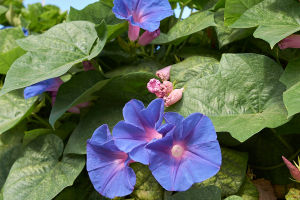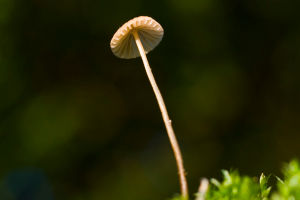Mint is a popular herb loved around the world not only for its refreshing aroma and flavor but also for its remarkable health benefits.
Have you ever wondered why mint has been a staple in kitchens and medicine cabinets for centuries?
In this article, we'll explore the impressive health properties of mint and practical tips for growing it at home. Whether you want to improve your wellbeing or add a fresh touch to your garden, mint is a great choice.
The Health Benefits of Mint
Mint is more than just a pleasant flavoring. It contains essential oils and compounds like menthol, which contribute to its soothing effects. For example, mint is well-known for aiding digestion by relaxing the muscles in the digestive tract, reducing symptoms like bloating and indigestion. Many people use mint tea to calm stomach discomfort naturally.
Mint also has a cooling effect that helps relieve headaches and minor aches when applied topically or inhaled as an aroma. Scientific studies have shown that menthol can stimulate cold-sensitive receptors, which help reduce pain perception.
Another major benefit of mint is its antibacterial and antiviral properties. This makes it effective in freshening breath and maintaining mouth hygiene. Using mint-based mouth rinses or chewing fresh mint leaves can help combat bacteria that cause bad breath.
Mint's Role in Respiratory Health
The menthol in mint is a natural decongestant. It helps open up airways and eases breathing when someone has a cold or allergies. This is why mint extracts are common in chest rubs and inhalants. Drinking mint tea can also soothe sore throats and reduce coughing, providing relief during respiratory discomfort.
Practical Tips for Growing Mint at Home
Growing mint is surprisingly easy, making it an ideal herb for beginners. It thrives in both pots and garden beds, preferring partial sunlight and moist but well-drained soil. Here are some key points to ensure your mint plant grows healthy and vigorous:
• Choose a container or garden spot with good drainage.
• Plant mint in fertile soil and keep it evenly moist.
• Mint can spread quickly, so growing it in pots can control its expansion.
• Regular pruning encourages bushier growth and prevents flowering, which can reduce leaf quality.
• Harvest leaves frequently for the best flavor.
Common Challenges and How to Overcome Them
Although mint is generally hardy, pests such as aphids and spider mites can sometimes attack. Washing leaves with mild soapy water or neem oil can help control these pests naturally. Additionally, mint may suffer from root rot if overwatered, so careful watering is essential.
Using Mint in Daily Life
Beyond gardening, incorporating mint into your daily routine is easy. Fresh mint leaves add zest to salads, drinks, and desserts. Mint tea is a comforting and healthy beverage for any time of day. For skin care, mint-infused water can refresh and soothe the skin when used as a toner.
Final Thoughts: Why Mint is a Must-Have Herb
Have you tried growing mint or using it in your daily routine yet? Its health benefits combined with easy cultivation make mint a truly valuable plant. By understanding its properties and learning how to care for it, you can enjoy fresh mint right at home anytime. Whether for health or flavor, mint remains a timeless natural treasure.
What's your favorite way to use mint? Share your thoughts or experiences!


